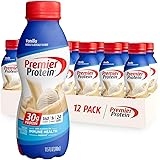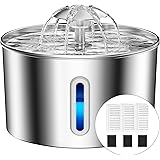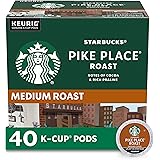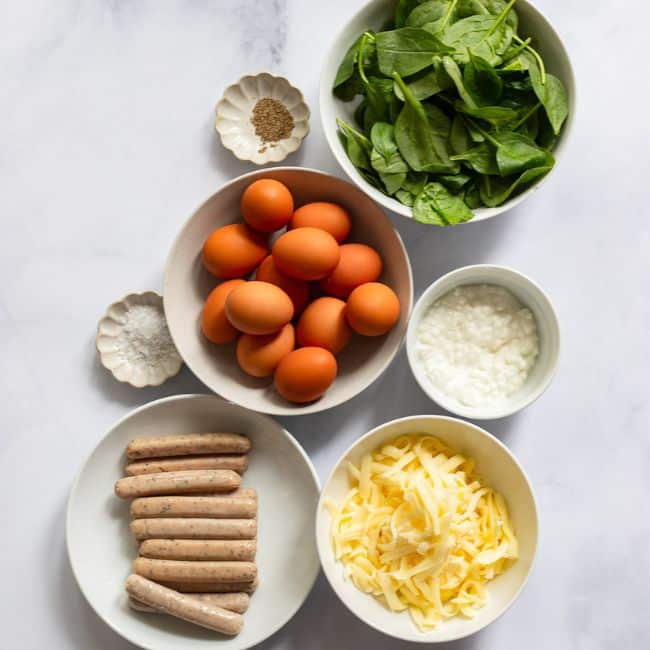You Won’t Believe What’s Lurking Inside Your Water Bottle—It’s Dirtier Than Your Toilet Seat!
Ever wonder if that trusty water bottle you lug around all day is actually a secret petri dish in disguise? I mean, we all preach about staying hydrated—it’s like the holy grail of health advice—but what if your bottle is harboring more germs than the very toilet seat you’d never dream of touching without a second thought? Crazy, right? Turns out, those reusable bottles we adore for being eco-friendly and convenient might just be the sneakiest culprits when it comes to bacteria. Studies reveal some staggering numbers: slide-top bottles can pack over 900,000 colony-forming units of bacteria per square centimeter, making your bottle potentially 700 times dirtier than a toilet seat. So much for pure, refreshing hydration! But don’t freak out just yet—knowing is half the battle, and with the right know-how, you can keep your water bottle squeaky clean and your health on point. Ready to dive into the nitty-gritty and take control of what you’re really sipping on? LEARN MORE
We all know it’s crucial to stay hydrated — I talk about it all the time — and these days, it’s common to see people carrying reusable water bottles everywhere. They’re eco-friendly, they save money, and they make hitting your daily water goal so much easier.
But here’s the thing no one likes to think about: your water bottle might be crawling with bacteria.
Yes, even the one sitting on your desk right now.
In fact, a study found that reusable water bottles can harbor more bacteria than a kitchen sink, your pet’s water bowl, or even the average toilet seat. One test from Treadmill Reviews analyzed different types of reusable bottles and found:
- Slide-top bottles had more than 900,000 colony-forming units (CFU) of bacteria per square centimeter.
- Squeeze-top bottles averaged around 160,000 CFU/sq cm.
- Screw-top bottles had fewer bacteria than the others — but still far more than you want to drink.
For comparison, the average toilet seat has about 1,200 CFU/sq cm. That means in some cases, your water bottle could be 700 times dirtier than your toilet.

Table of Contents
Why Your Water Bottle Gets So Dirty
It’s not about being careless — water bottles are just the perfect storm for bacterial growth:
- Moisture + warmth = bacteria paradise. Even a small amount of leftover water creates a breeding ground, especially if it sits in your car or gym bag.
- Frequent touching. Every time you unscrew the lid, take a sip, or toss it in your tote, you’re introducing new germs.
- Dark, enclosed spaces. Lids, straws, and rubber seals trap moisture and organic material (hello, backwash) that bacteria love.
- Infrequent cleaning. Many people give their bottle a quick rinse and call it good — but rinsing does not remove bacteria.
And if you’ve ever left your water bottle in the car overnight, you know it can start smelling funky. That’s not just “old water smell” — that’s bacterial growth.
The Health Risks of a Dirty Water Bottle
While not all bacteria are harmful, the wrong types can cause stomach bugs, diarrhea, or infections. Some studies have detected:
- E. coli — a bacteria that can cause severe gastrointestinal illness
- Staphylococcus aureus (staph) — can lead to skin infections or worse if ingested in large amounts
- Mold and yeast — which thrive in damp, closed spaces and can trigger allergies or respiratory issues
If you’ve been experiencing unexplained stomach discomfort or seem to catch every cold going around, your water bottle could be part of the problem.
Hydration Is Important — But It Has To Be Clean Water
You’ve probably heard me say it before: hydration is one of the simplest, most powerful things you can do for your health. It helps with:
- Energy levels — dehydration can cause fatigue and brain fog
- Digestion — water helps promote good gut health and move food through your system
- Skin health — hydration keeps your skin plump and glowing
- Joint lubrication — water is essential for joint comfort and mobility
If you need a refresher, check out my Tips for Drinking More Water and read up on The Importance of Electrolytes in Middle Age for staying balanced. I personally use LMNT Electrolytes because they’re clean, tasty, and effective — especially after a sweaty workout.
But here’s the kicker: hydration only benefits you if the water you’re drinking is clean. And if your bottle is full of bacteria, you’re undoing all the good your water is supposed to do.
How Often Should You Clean Your Water Bottle?
The short answer: daily.
If you’re using your bottle every day, you should give it a proper wash every night — especially if you’ve added anything other than water (like electrolyte mixes, lemon slices, or tea). Those extras can leave behind sugar and organic matter that bacteria love to feed on.
In addition to your daily wash, aim for a deep clean at least once a week to get into every nook and cranny.
The Best Way to Clean Your Water Bottle (Step-by-Step)
Follow these simple steps to keep your water bottle clean and free of harmful bacteria:
1. Disassemble completely.
Take apart the lid, straw, mouthpiece, rubber gaskets — everything. If your bottle has a built-in straw, that’s one of the dirtiest areas.
2. Wash with hot, soapy water.
Fill your sink with hot water, add a squirt of mild dish soap, and scrub all surfaces.
3. Use a water bottle cleaning brush kit.
Regular sponges can’t reach deep inside a bottle or straw. I use this water bottle cleaning brush kit on Amazon — it has different brush sizes for bottles, lids, and straws, so you can really get every surface clean.
4. Rinse thoroughly.
Soap residue can leave a taste and break down some materials over time.
5. Air dry completely.
Bacteria and mold thrive in moisture, so let all parts dry before reassembling. I leave mine upside down on a drying rack.
6. Deep clean weekly.
Soak your bottle in a mix of 1 teaspoon baking soda + warm water, or use a vinegar-water solution to kill stubborn bacteria and odors.
Bonus Cleaning Tips
- Dishwasher-safe bottles: If your bottle is labeled dishwasher-safe, use the top rack and the sanitize setting for extra germ-killing power.
- Rubber gaskets: These can trap grime and mold — remove them regularly and scrub with a small brush.
- Stainless steel bottles: Avoid bleach, which can corrode the material. Stick to baking soda or vinegar for deep cleans.
Reusable water bottles are amazing for your health, your wallet, and the planet — but only if you keep them clean. Otherwise, you could be sipping on some of the dirtiest water you’ve ever had.
So here’s your hydration checklist:
- Drink plenty of water daily (bonus points if you add electrolytes like LMNT)
- Use a reusable bottle you love
- Clean it every single day — and deep clean weekly with a good brush kit
Fill up, sip often, and keep that bottle clean. Your immune system — and your taste buds — will thank you.



















Post Comment